Related Research Articles

Clarence Cameron White was an American neoromantic composer and concert violinist. Dramatic works by the composer were his best-known, such as the incidental music for the play Tambour and the opera Ouanga. During the first decades of the twentieth century, White was considered the foremost black violinist. He was a member of Alpha Phi Alpha fraternity.
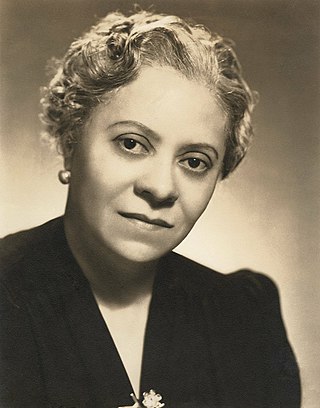
Florence Beatrice Price was an American classical composer, pianist, organist and music teacher. Born in Little Rock, Arkansas, Price was educated at the New England Conservatory of Music, and was active in Chicago from 1927 until her death in 1953. Price is noted as the first African-American woman to be recognized as a symphonic composer, and the first to have a composition played by a major orchestra. Price composed over 300 works: four symphonies, four concertos, as well as choral works, art songs, chamber music and music for solo instruments. In 2009, a substantial collection of her works and papers was found in her abandoned summer home.

Richard Bruce Nugent, aka Richard Bruce and Bruce Nugent, was a gay writer and painter in the Harlem Renaissance. Despite being a part of a group of many gay Harlem artists, Nugent was among only a few who were publicly out. Recognized initially for the few short stories and published paintings, Nugent had a long productive career bringing to light the creative process of gay and black culture.

Evelyn Preer, was an African American pioneering screen and stage actress, and jazz and blues singer in Hollywood during the late-1910s through the early 1930s. Preer was known within the Black community as "The First Lady of the Screen."
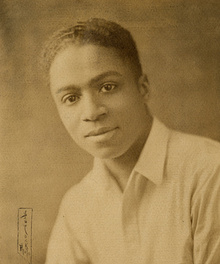
Rudolph John Chauncey Fisher was an American physician, radiologist, novelist, short story writer, dramatist, musician, and orator. His father was John Wesley Fisher, a clergyman, his mother was Glendora Williamson Fisher, and he had two siblings. Fisher married Jane Ryder, a school teacher from Washington, D.C. in 1925, and they had one son, Hugh, who was born in 1926 and was also nicknamed "The New Negro" as a tribute to the Harlem renaissance. Fisher had a successful career as an innovative doctor and author, who discussed the dynamics and relationships of Black and White people living in Harlem. This racial conflict was a central theme in many of his works.

Shuffle Along is a musical composed by Eubie Blake, with lyrics by Noble Sissle and a book written by the comedy duo Flournoy Miller and Aubrey Lyles. One of the most notable all-Black hit Broadway shows, it was a landmark in African-American musical theater, credited with inspiring the Harlem Renaissance of the 1920s and '30s.
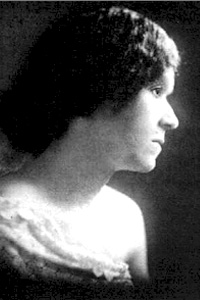
Georgia Blanche Douglas Camp Johnson, better known as Georgia Douglas Johnson, was a poet and playwright. She was one of the earliest female African-American playwrights, and an important figure of the Harlem Renaissance.

May Miller was an American poet, playwright and educator. Miller, who was African-American, became known as the most widely published female playwright of the Harlem Renaissance and had seven volumes of poetry published during her career as a writer.

Myrtle Stedman was an American leading lady and later character actress in motion pictures who began in silent films in 1910.
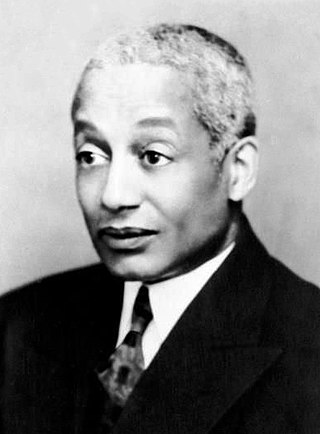
Alain LeRoy Locke was an American writer, philosopher, educator, and patron of the arts. Distinguished in 1907 as the first African-American Rhodes Scholar, Locke became known as the philosophical architect—the acknowledged "Dean"—of the Harlem Renaissance. He is frequently included in listings of influential African Americans. On March 19, 1968, the Rev. Dr. Martin Luther King Jr. proclaimed: "We're going to let our children know that the only philosophers that lived were not Plato and Aristotle, but W. E. B. Du Bois and Alain Locke came through the universe."
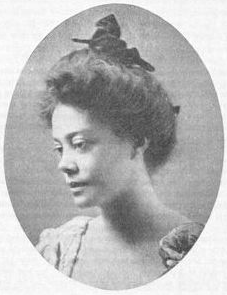
Alice Dunbar Nelson was an American poet, journalist, and political activist. Among the first generation of African Americans born free in the Southern United States after the end of the American Civil War, she was one of the prominent African Americans involved in the artistic flourishing of the Harlem Renaissance. Her first husband was the poet Paul Laurence Dunbar. After his death, she married physician Henry A. Callis; and, lastly, was married to Robert J. Nelson, a poet and civil rights activist. She achieved prominence as a poet, author of short stories and dramas, newspaper columnist, women's rights activist, and editor of two anthologies.

The Harlem Renaissance was an intellectual and cultural revival of African American music, dance, art, fashion, literature, theater, politics and scholarship centered in Harlem, Manhattan, New York City, spanning the 1920s and 1930s. At the time, it was known as the "New Negro Movement", named after The New Negro, a 1925 anthology edited by Alain Locke. The movement also included the new African American cultural expressions across the urban areas in the Northeast and Midwest United States affected by a renewed militancy in the general struggle for civil rights, combined with the Great Migration of African American workers fleeing the racist conditions of the Jim Crow Deep South, as Harlem was the final destination of the largest number of those who migrated north.
Willis Richardson was an American playwright.

Thelma Beatrice Johnson Streat (1912–1959) was an African-American artist, dancer, and educator. She gained prominence in the 1940s for her art, performance and work to foster intercultural understanding and appreciation.
Thomas Montgomery Gregory was a dramatist, educator, social philosopher and activist, historian and a leading figure in the National Negro Theatre Movement.
Billy Pierce was an African American choreographer, dancer and dance studio owner who has been credited with the invention of the Black Bottom dance that became a national craze in the mid-1920s.

Harriet Gibbs Marshall was an American pianist, writer, and educator of music. She is best known for opening the Washington Conservatory of Music and School of Expression in 1903 in Washington, D.C.
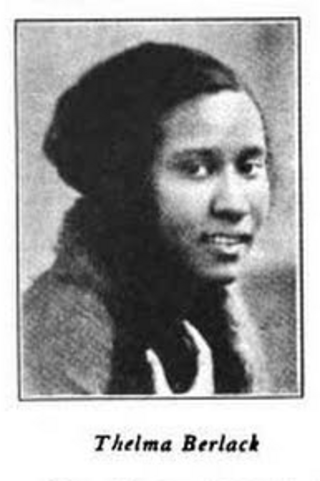
Thelma Edna Berlack Boozer was an American journalist, publicist, and city official in New York.
The Chocolate Kiddies is a three-act Broadway-styled revue that, in its inaugural production – from May to September 1925 – toured Berlin, Hamburg, Stockholm, and Copenhagen. The show never actually performed on Broadway, but was conceived, assembled, and rehearsed there. Chocolate Kiddies commissioned new works, but was also an amalgamation and adaptation of several leading African American acts in New York, specifically Harlem, intended to showcase exemplary jazz and African American artistry of the Harlem Renaissance. Early jazz was uniquely American; and, while New Orleans enjoys popularity for being its birthplace, the jazz emerging from Harlem during the Renaissance had, on its own merits, captured international intrigue.
The Black Renaissance in D.C. was a social, intellectual, and cultural movement in Washington, D.C. that began in 1919 and continued into the late 1920s.
References
- ↑ Stephens, Judith L. (1999). The Harlem Renaissance and the New Negro Movement. Cambridge: Cambridge University Press. pp. 115–116.
- 1 2 3 4 5 6 "Thelma Myrtle Duncan". DC Libraries. Retrieved August 25, 2020.
- 1 2 Whitmal, Eunice Angelica. "Thelma Myrtle Duncan". Oxford African American Studies Center. Retrieved August 26, 2020.
- ↑ "Plays and Pageants from the Life of the Negro". University of Mississippi Press. Retrieved August 26, 2020.
- ↑ Hay, S.A. (1995). Richardson, Willis (ed.). "Reviews -- plays and pageants from the life of the negro. 1930". African American Review. 29 (3): 505.